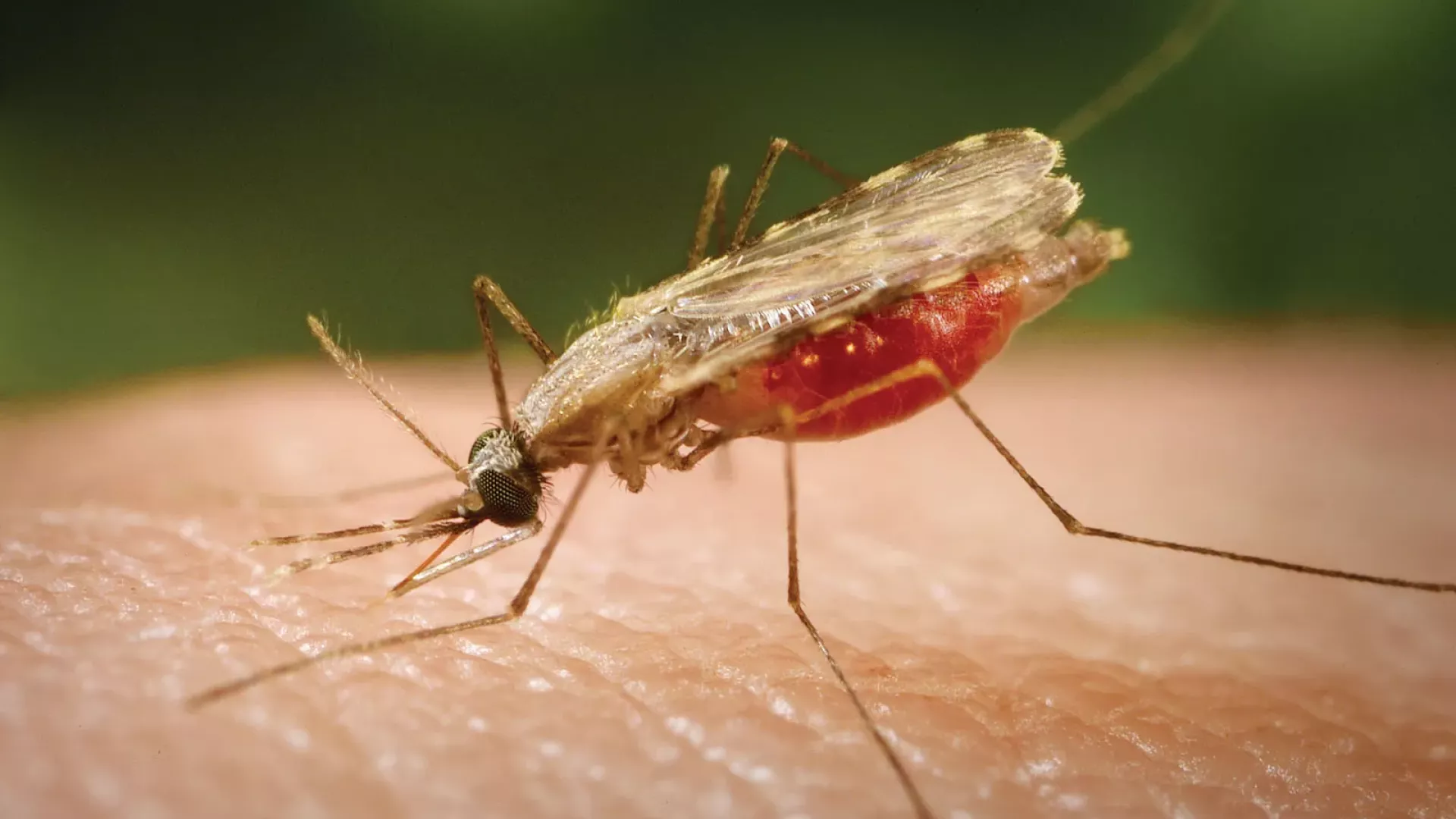Synthetic cattle urine used in fight against malaria

Each year, more than 200 million people suffer from malaria around the world, and every two minutes a child dies from the disease. The disease is most common in poor areas and is itself a contributing factor to poverty: a sick person cannot perform his or her daily tasks, which can lead to a loss of income for the household. At the societal level, the healthcare system and the economy of countries, where malaria is endemic, are affected. At the Swedish University of Agricultural Sciences (SLU), the fight against malaria continues through novel research on how to control and trap the mosquitoes that carry the malaria parasite. As there is currently no effective vaccine available to prevent malaria, controlling the mosquitoes that spread the parasite is imperative for preventing the spread of the disease. However, the existing techniques for indoor malaria mosquito control have been put to the test, due to the development of pesticide resistance in mosquito populations and behavioral changes in the mosquitoes. As a result, there are now more people being bitten outdoors. Therefore, there is an urgent need for innovative control methods that complement the current strategies and specifically focus on mosquitoes that are active outdoors. Outdoor-based traps can be substantially more efficient when baited with synthetic human and animal odours. For example, it has been demonstrated that cattle urine attracts many blood sucking insects, in various physiological stages and different species of mosquitoes. Adult female malaria mosquitos use the urine as a supplementary nitrogen–rich meal, enhancing flight mobility, survival and reproductive traits. Researchers from SLU took this into account when they initially developed a synthetic cattle urine odour to lure malaria mosquitoes into traps. During one year, the researchers collected seasonal information on the malaria mosquito species populations along with data on the presence and prevalence of malaria in mosquitoes and humans. At the onset of the second year, they installed 50 traps baited with the synthetic cattle urine odour, powered by solar panels, in one of the villages and continued collecting entomological and parasitological data. By mass trapping, they were able to reduce the population of malaria mosquitoes by up to 70% and malaria prevalence by up to 60%, despite a major malaria epidemic affecting the region, said Professor Rickard Ignell, Department of Plant Protection Biology, SLU.